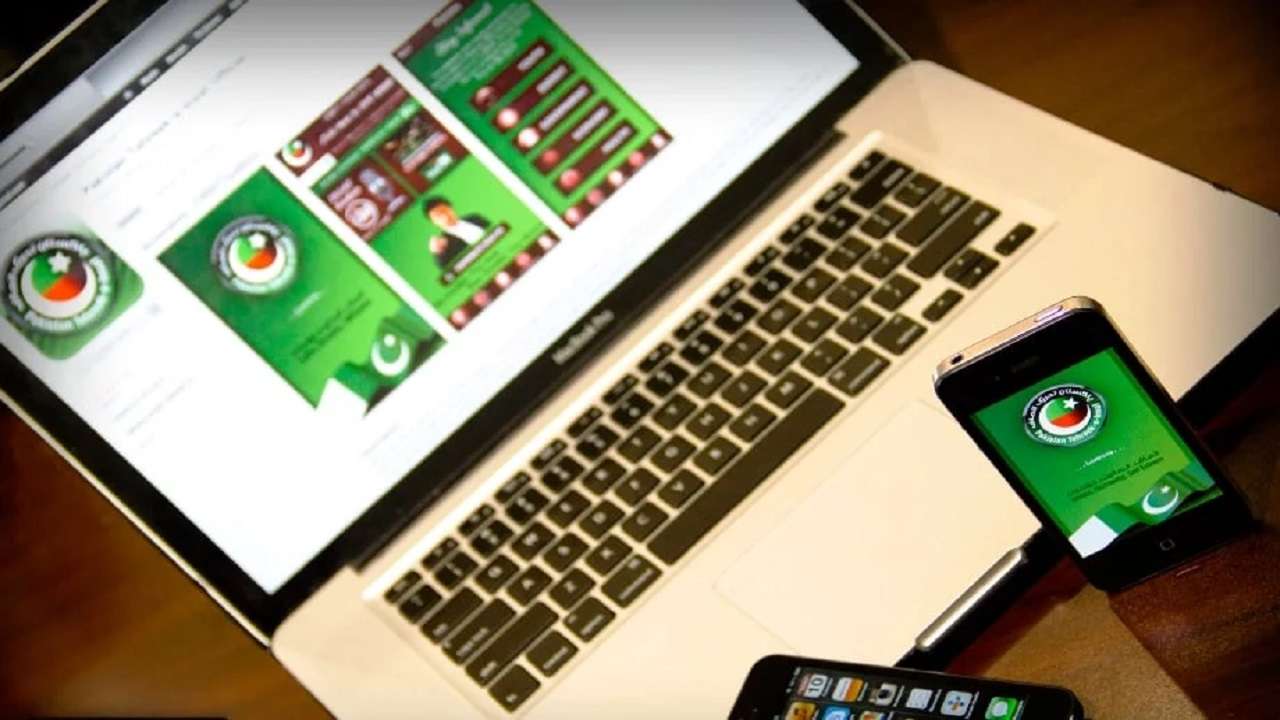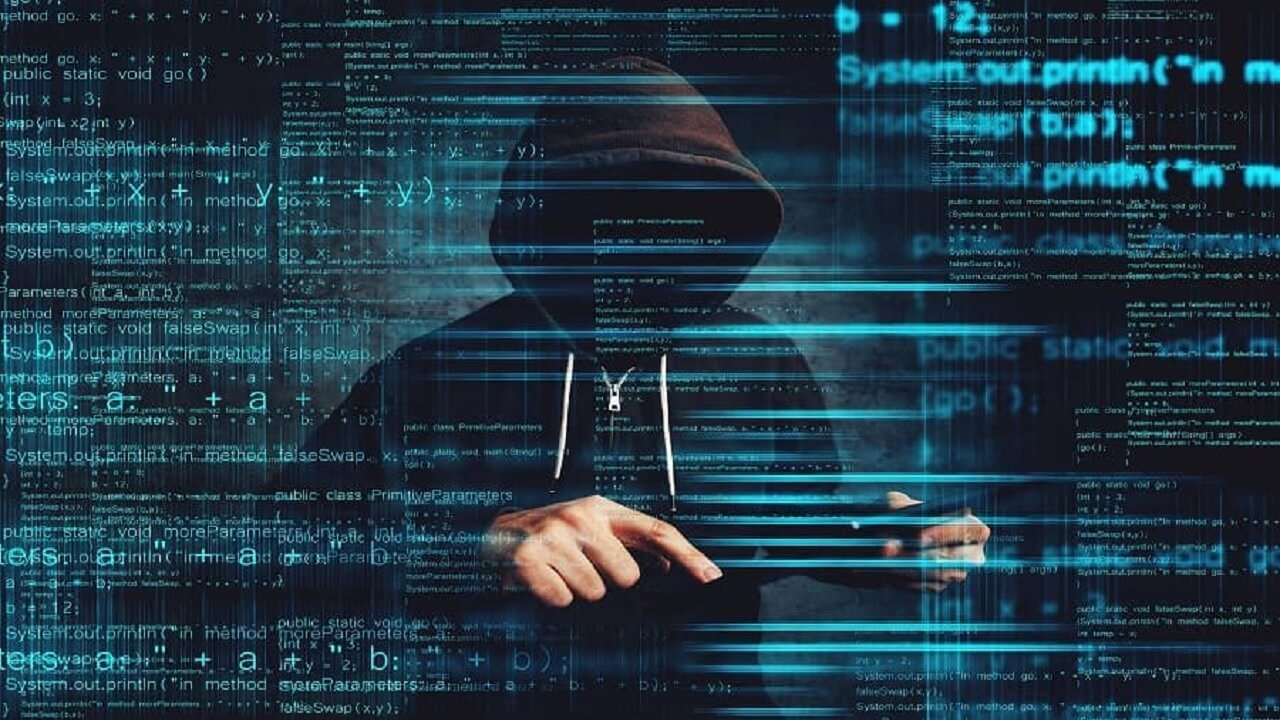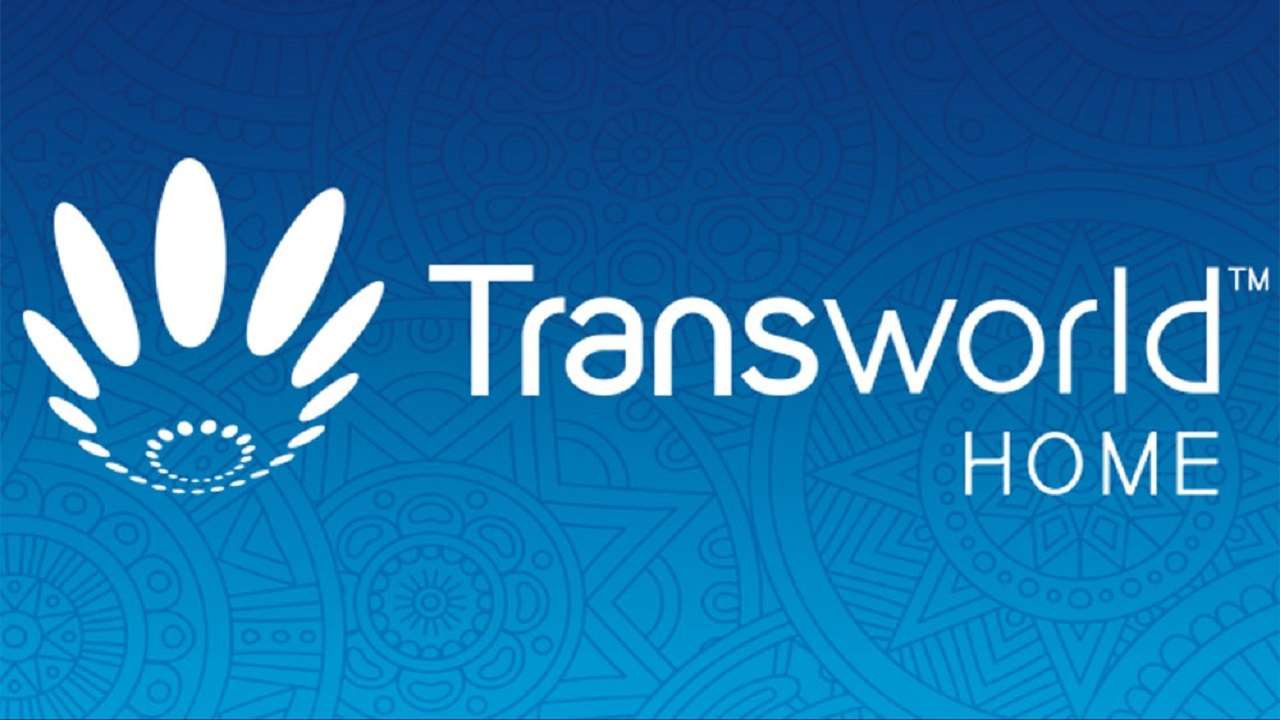The influence of social media in modern politics cannot be overstated, and in Pakistan, the Pakistan Tehreek-e-Insaf (PTI), led by former Prime Minister Imran Khan, has mastered its use to impact public opinion, rally supporters, and challenge government authority. Despite ongoing legal issues surrounding Khan, including imprisonment and over 150 criminal charges, PTI’s ability to mobilize a large online following has remained a powerful tool in its political strategy.
In this article, we will explore the strategies used by PTI to maintain its digital presence, the government’s efforts to counteract their influence, and the growing debate surrounding censorship and freedom of expression in Pakistan’s increasingly polarized political environment.
PTI’s Social Media Dominance: A Political Weapon
In recent years, PTI has made social media a key component of its political operations. Leveraging platforms like Twitter (now X), Facebook, Instagram, and TikTok, PTI has effectively reached millions of supporters, often surpassing traditional media outlets in terms of engagement and influence. The party has used these platforms to build a narrative, rally supporters for protests, and bypass traditional media’s scrutiny.
Imran Khan’s own presence on social media is formidable, with over 15 million followers on Facebook alone. PTI’s official X page boasts around 10.3 million followers, and their social media reach extends across various platforms. Their success in utilizing digital media has been especially evident during protests, such as the one in November 2024 in Islamabad, demanding the release of Khan and the dissolution of the government. These events have been widely organized and promoted through social media, giving PTI the power to mobilize large crowds and generate political pressure.
The Government’s Efforts to Curb PTI’s Influence
The Pakistani government, under the leadership of the Pakistan Muslim League-Nawaz (PML-N), has acknowledged the challenges posed by PTI’s digital influence. In response, the government has taken a range of actions to combat the party’s growing online presence. Some of these efforts include the formation of a Joint Investigation Team (JIT) tasked with investigating PTI’s digital activities, attempts to crackdown on Virtual Private Networks (VPNs), and the implementation of a national firewall to block certain websites and apps during times of unrest.
While these measures are aimed at curbing PTI’s online influence, they have also raised concerns about the government’s commitment to upholding freedom of speech and the rights of citizens. Critics argue that these steps are not only ineffective but also undermine democracy by stifling dissent and restricting access to information.
Government’s Approach to Social Media Censorship
Crackdown on VPNs and App Bans
The government’s crackdown on VPNs and app bans has been one of the most visible tactics in countering PTI’s social media influence. By restricting access to VPNs, the government has sought to prevent PTI supporters from accessing blocked content and circumventing government-imposed censorship. Furthermore, during moments of political unrest, authorities have resorted to slowing down the internet or banning social media platforms altogether.
However, these actions have drawn sharp criticism both domestically and internationally. Human rights organizations have expressed concern over these measures, which are seen as an infringement on the fundamental right to free expression. The global community has also condemned Pakistan’s increasing use of internet shutdowns, especially during periods of political protest.
Mass Arrests and Law Enforcement Crackdowns
In addition to censorship, the Pakistani government has also resorted to mass arrests and heavy-handed tactics against PTI supporters. The arrests, particularly those following large-scale protests, have often been accompanied by allegations of inhumane treatment. Reports from civil society groups have highlighted the excessive force used by law enforcement, and this has added to the growing discontent among the public.
Despite the government’s efforts to suppress PTI’s digital campaigns, these actions have often backfired. They tend to galvanize public sympathy for PTI, casting the party as a victim of state repression. In many cases, the crackdown on PTI supporters only strengthens their resolve and increases support among their online following.
The Backlash Against Censorship
The government’s efforts to censor PTI’s social media activity have sparked a broader backlash. Civil society groups and digital rights advocates argue that such measures only exacerbate the problem, fueling public anger and creating a sense of distrust toward state institutions. Critics suggest that these efforts not only limit free speech but also fail to address the root causes of PTI’s popularity.
A More Sustainable Approach: Addressing Public Discontent
While the government’s actions to curb PTI’s digital presence may be understandable from a security perspective, a more effective and sustainable solution lies in addressing the underlying causes of public discontent. Economic instability, unemployment, inflation, and political polarization provide fertile ground for PTI to recruit new supporters. Furthermore, the lack of transparency in governance and the perception of widespread corruption within the ruling parties only strengthen the appeal of PTI’s message.
To weaken PTI’s digital influence, the government must focus on improving the overall political and economic climate in Pakistan. Initiatives to create jobs, reduce inflation, and foster political inclusivity can reduce public dissatisfaction, which is often exploited by PTI to rally support online.
Political Inclusivity and Transparent Governance
One of the most effective ways to counter PTI’s narrative would be for the government to embrace political inclusivity and transparency. A government that is more responsive to the needs of its citizens, engages in meaningful dialogue with opposition parties, and demonstrates a commitment to fighting corruption would diminish PTI’s claims of state mismanagement. By focusing on good governance, the government could undermine the appeal of PTI’s digital campaigns and reduce the power of its online influence.
Engaging Stakeholders: A Unified National Narrative
Creating a unified national narrative that is inclusive and reflective of the interests of all stakeholders is another crucial step in restoring public trust. Engaging in dialogue with opposition parties, civil society organizations, and other political groups would demonstrate a commitment to democratic principles. A more open political process that addresses the concerns of diverse groups will make it harder for PTI to exploit divisions and build its influence.
The Future of Pakistan’s Digital Political Landscape
As social media continues to grow in influence, political parties in Pakistan will increasingly turn to digital platforms to shape public opinion. PTI’s success in using these platforms highlights the importance of digital strategy in modern politics. However, the government must also realize that these platforms are a double-edged sword. While social media can amplify political messages, it can also fuel discontent and spread misinformation.
The key challenge for the Pakistani government is balancing the need for security and accountability with the protection of democratic freedoms. The government’s ability to manage this balance will determine the future stability of Pakistan’s political landscape.
FAQs
1. What is PTI’s strategy for using social media to gain support?
PTI uses social media to spread its political message, organize protests, and bypass traditional media outlets. Its leader, Imran Khan, has a substantial following across various platforms, allowing PTI to mobilize large crowds and shape public opinion.
2. What has the government done to curb PTI’s social media influence?
The government has formed a Joint Investigation Team (JIT), cracked down on VPNs, implemented a national firewall, and imposed internet shutdowns to limit PTI’s online influence.
3. How effective are the government’s censorship efforts?
Despite government attempts to block PTI’s social media activity, these measures have largely been ineffective. They have often backfired, increasing sympathy for PTI and undermining trust in government institutions.
4. What are the consequences of the government’s crackdown on PTI?
The government’s actions have led to mass arrests, allegations of human rights abuses, and growing public anger. These measures often result in increased support for PTI, especially among online communities.
5. How can the government reduce PTI’s influence in the long term?
The government needs to address the root causes of public discontent, such as economic instability, corruption, and political polarization. Transparent governance and political inclusivity can help weaken PTI’s influence.
SEE ALSO
https://flarenews.pk/2024/12/30/protecting-your-browser-from-chrome-2fa-attacks/



